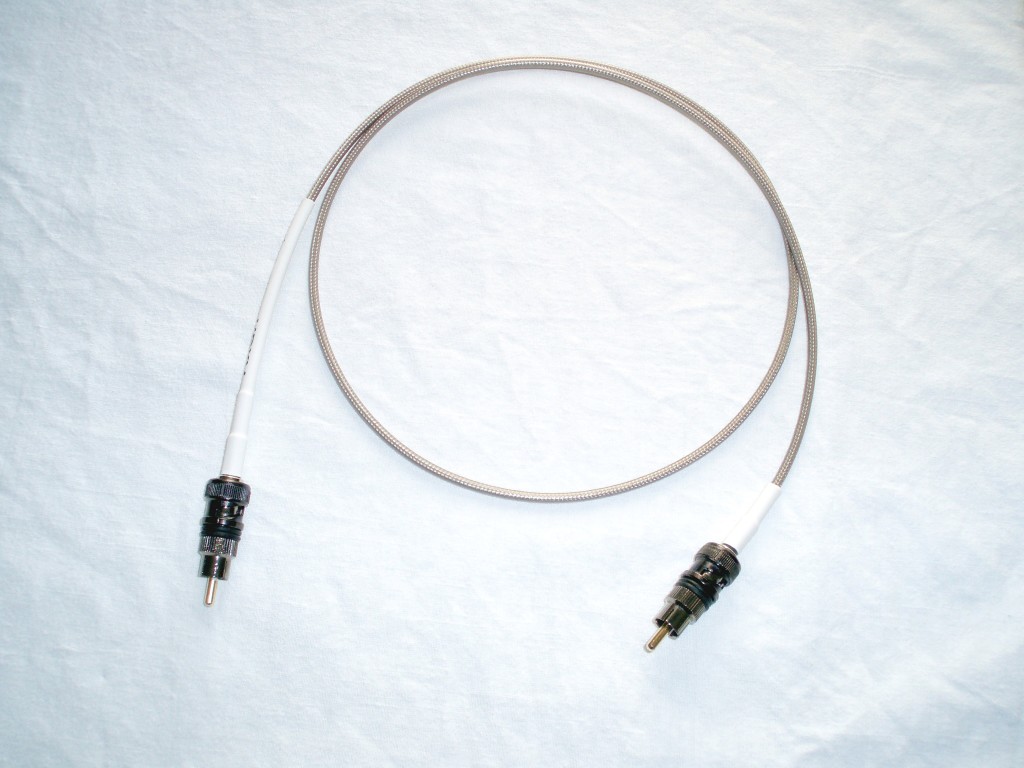The Professional Audio Manufacturers Alliance industry group is leading an effort to finally get rid of “male” and “female” connector terminology and replace it with something not horrible.
PAMA is a key industry group based in the US, including the likes of Shure, Audio-Technica, Sennheiser, and Blue – and they recommend this change among a list of other language recommendations, including also continuing to expunge slavery-related terms. (The goal is to standardize that language, in a process consulting with other industry groups and manufacturers.)
Hold on, before we go any further. I understand these terms are familiar, and it’s often hard to let go of familiar terms. But to break that spell, I can simply make this argument by forcing you to read the description Wikipedia has to explain male and female connectors. From the article “Gender of connectors and fasteners” (technically their sex, but I digress):
The assignment is a direct analogy with genitalia and sexual intercourse, the part bearing one or more protrusions or which fits inside the other being designated male, in contrast to the part containing the corresponding indentations, or fitting outside the other, being designated female. Extension of the analogy results in the verb to mate being used to describe the process of connecting two corresponding parts together.
Ewwww. I mean – why the hell?

Not to kink-shame anyone who has elaborate fantasies about RCA connectors – have at it, please! – but then for whoever that is, I expect you’ll want some of your own space to enjoy that without having to get overly excited reading a tech rider or the manual to your mixer.
Now, then in seriousness, then if you take this ewwww explanation and put it in the audio world, which has been hostile traditionally to women and trans students, producers, and professionals, you do have an actual problem. That’s a material problem, not a philosophical or political one, even. It is an obstacle to teaching, inclusion, and growing the industry.
Making a working environment safe and reversing a history of past abuse means that we need to not be sexualizing our damned cables. It’s gross, it’s problematic, and it doesn’t help us get tech riders correct or write better documentation. It confuses the terminology, makes the tech harder to understand, and turns off people who – correctly – wonder what the hell is wrong with an industry that is still using these weird and non-descriptive terms that have nothing to do with cable interconnects.
To put it more simply – neutral language is always better for technical terminology, because it’s clearer, more accessible to more people, and includes the people who provide the talent and skills that make industries and technologies work. End of story.
“Plug” and “socket” seem to work perfectly fine in their place – for native speakers, without even any explanation. But it is important that the PAMA is soliciting feedback because just changing terms does require effort. Hardware descriptions are sometimes etched onto actual boards. Abbreviations matter. Ultimately, solutions have to work in an industry that uses languages other than English and other alphabets and characters, too.
So, for that, you can read their press release:
PAMA Leads Industry Initiative on Neutral Nomenclature
And you can read their recommendations:
They’re also naturally onboard for primary/secondary and leader/follower terms – which has already been common practice in other industries and finally reached sound and music tech. (I know there are German-speaking objections to leader/follower in that – these are only English-language recommendations, so use something else in German.)
Some of the other recommendations in their document may not be as immediately popular. Whitelist and blacklist don’t have origins in race but presumably could be understood as such – “allow”/”denylist” is clearer anyway. “Crazy” is one I have to at least suggest we use carefully in context; language needs words that describe radical or irrational behavior or thought and this doesn’t need to be ableist language. On the other hand, if it used in an ableist way that’s another story – inclusivity and ableism are more context-dependent. Being thoughtful is always good advice.
I also suspect, too, that evaluation and debate are healthy and I’m happy to shift my own views of things.
One very important disclaimer: this change makes sense in English and the context of native speakers. In that context, it’s important and has tangible reasoning behind it both for educators and people advocating more gender balance and inclusiveness. That does not mean it should be taken as advice in other languages. But in that context, the use of terms in this way could be easily read as sexualizing the terminology and in some contexts that can get uncomfortable. (Hence – ewwwww, even if that same reaction would potentially seem odd in another language.)
Replacing gendered connectors and getting rid of any mention of slavery in our tech is obviously important. And oh – by the way, most of the outcome of the elimination of “master/slave” technology people didn’t actually notice. After all the outcry the article on CDM caused, when I spoke to developers and manufacturers who did swap out their terms, they were able to do quietly and with absolute clarity with what they were describing. And that’s the point – the new language is better. Making language better is what writing is about.
Previously: